Sennheiser HD 620S review: entry-level wired headphones with a great sound
Sennheiser HD 620S review: One-minute review
The Sennheiser HD 620S are something of a departure for the existing HD range, which largely consists of open-backed headphones – the preserve of audiophiles who don’t want anything, even the headphones themselves, getting in the way of expansive soundstages and high-fidelity audio.
The Sennheiser HD 620S hope to achieve the large, dramatic soundstage of open-backed headphones with a closed-back construction that keeps some of the environment around you shut out – the sonic quality of one design, with the sound isolation of the other. According to Sennheiser, its aim is to produce “the most open-sounding closed-back headphones currently in the market”. Most people don’t have the luxury of listening to music in a soundproof room, after all, and some noise isolation can be helpful – but is this halfway house strategy successful?
The HD 620S do sound brilliant, with detail, dynamism and a wide-ranging frequency response. Like many of the best wired headphones out there, they lack some of the modern comforts of everyday consumer headphones, like touch controls or Bluetooth, but they excel in the one area that really matters: the sound.
The closed-back design does inevitably impact the soundstage, preventing the truly ‘open’ feel of backless headphones, but not hugely and those jumping over from most consumer headphones will only feel a benefit on this front. And at 150 Ohms impedance, these headphones are suitable for those getting into hi-fi for the first time, rather than seasoned audio professionals.
Just be warned that the closed back is also limited in what it can achieve. You might block out the tapping of your keyboard as you type or muffle conversation in the living room, but loud sounds still push through – you won’t fare too well with commutes, offices or particularly rowdy housemates. ANC headphones these are not, but for a particular brand of home listener who only needs a partial noise reduction, the Sennheiser HD 620S could be ideal.
Sennheiser HD 620S review: Price and release date
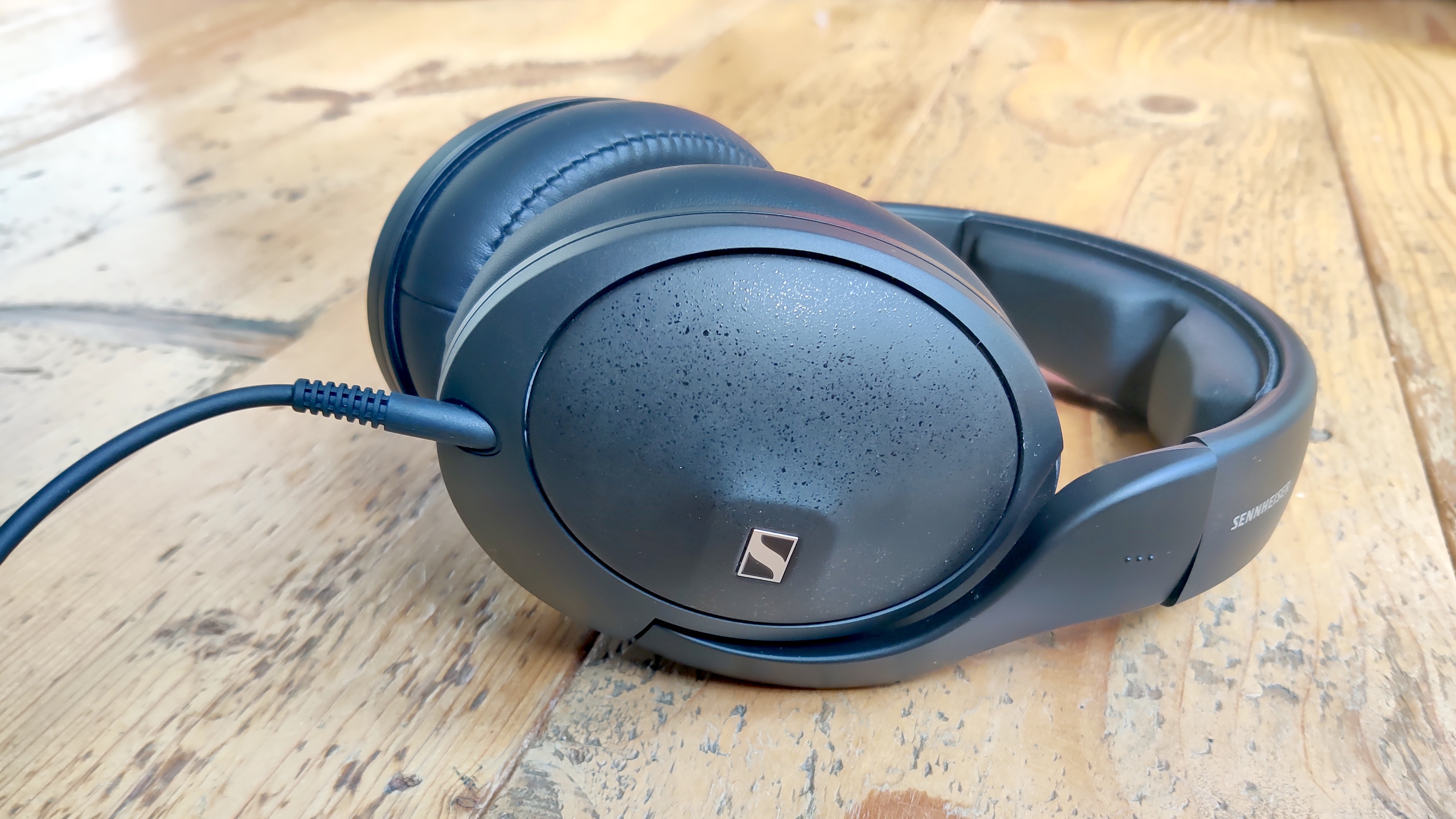
- Released on June, 6, 2024
- Price: $349.95 / £299.99 / AU$599
The Sennheiser HD 620S headphones went on sale on 6th June this year and retail for $349.95 / £299.99 / AU$599.
That’s a good sight cheaper than the open-backed Sennheiser HD 660S2 model (£499.99 / AU$799) or Sennheiser HD 800S (£1,499 / $1,799 / AU$3,099).
Sennheiser HD 620S review: Specs
Sennheiser HD 620S review: Features
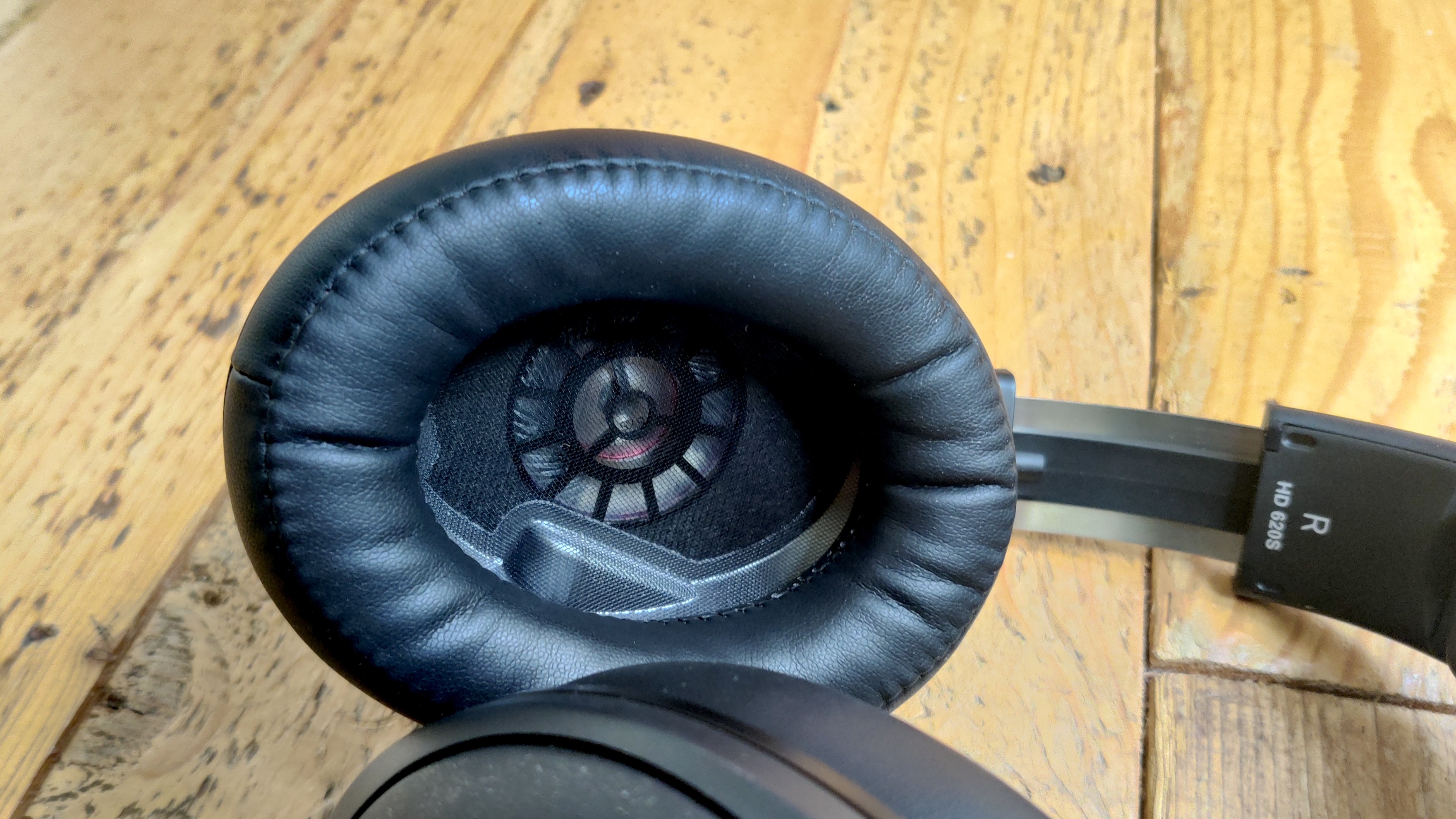
- Consistent wired connection
- Effective data transfer
- No Bluetooth, Sennheiser Control app connectivity or touch controls
Features are few and far between with the Sennheiser HD 620S, which lack a lot of common modern conveniences found elsewhere. You’ll find no built-in buttons or touch controls, neither is there Bluetooth connectivity. They rely on the consistent connection and effective data transfer of a wired connection.
As a wired model, the HD 620S don’t work in tandem with the Sennheiser Control mobile app either – as it focuses on wireless headphones – though we’re told you can run third-party EQ software to adjust the sound if you want.
Features score: 3 / 5
Sennheiser HD 620S review: Design
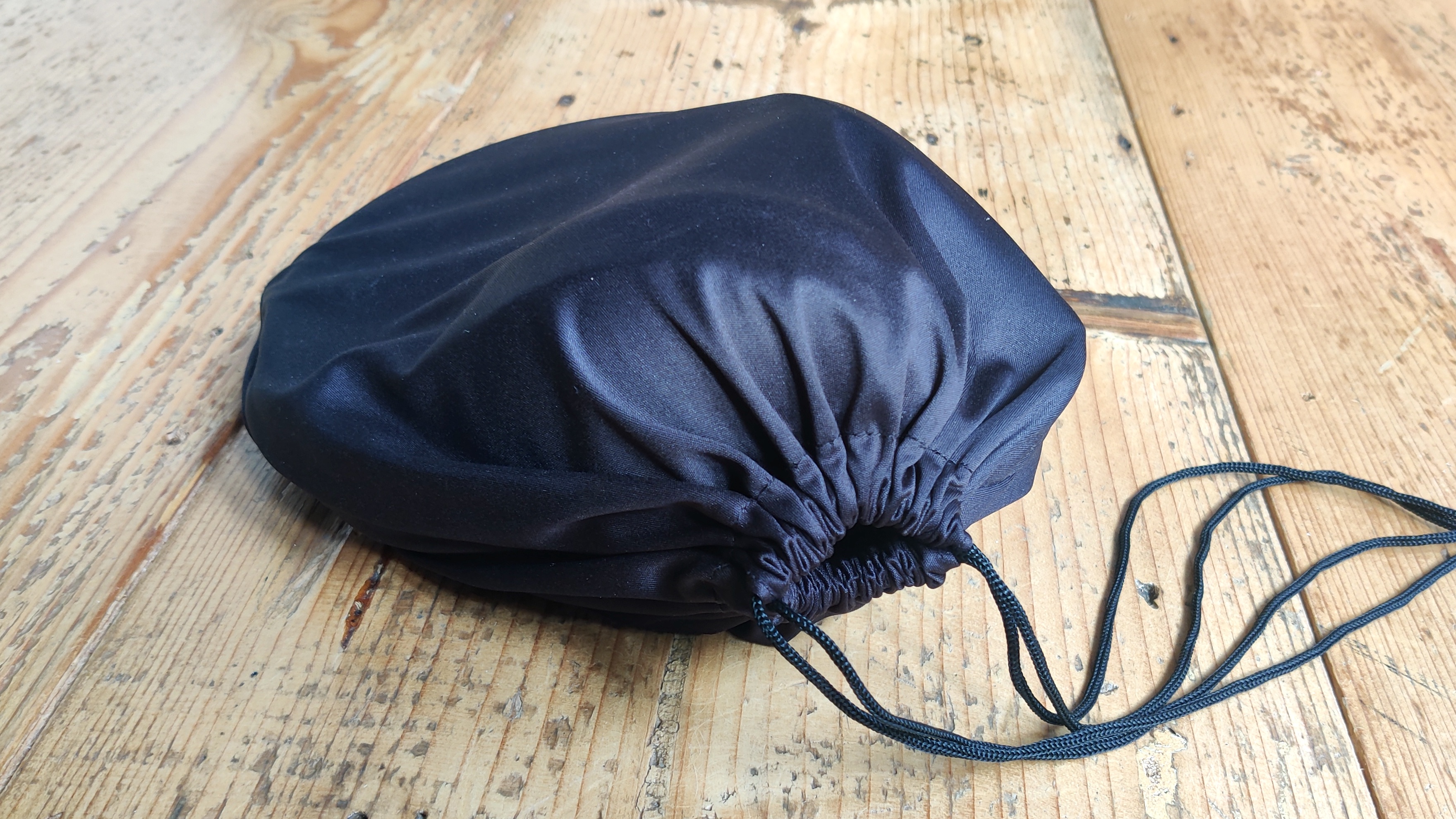
- Sleek look, closed-back design
- Stiff metal headband designed for home listening
- Soft cloth bag
The Sennheiser HD 620S headphones are certainly sleek to look at. As with the HD 600 or HD660S2, the earcups are far more expansive than most consumer headphones, aiding the size of the soundstage.
At 9cm wide and 12cm tall, they cover quite a large portion of the side of your head, though with a rigid construction and choice cushioning to keep the headphones firmly in place with a modicum of comfort. The backing to the earcups also prevents the HD 620S from feeling flimsy, or exposed, as some open-backed models can.
The headband is reinforced with metal, despite a largely plastic black exterior, and is a little stiff to adjust. Once you’ve picked the right configuration, though, you’ll be unlikely to want it moving around accidentally, so this feels intentional.
There are no in-line buttons or touch-sensitive interfaces with these headphones, meaning every part of the construction is geared towards the audio recreation and your own comfort, without other parts getting in the way. Those who are used to sliding their hands across an earcup to skip tracks may have to get used to their absence, but it’s likely worth it.
At the end of the 1.8m cable is a standard 3.5mm connector, with a large 6.3mm adaptor over the top of it – useful if you’re plugging these headphones into professional audio equipment that uses the latter jack, though there’s no qualitative difference with either connector.
There’s a simple, soft cloth bag to stop the headphones accumulating dust, though nothing more substantial to protect it from hard knocks in a rucksack. These are, despite the closed-back design, still headphones designed for home listening, and you likely won’t get much use out of them on your daily commute.
Design score: 4 / 5
Sennheiser HD 620S review: Sound quality
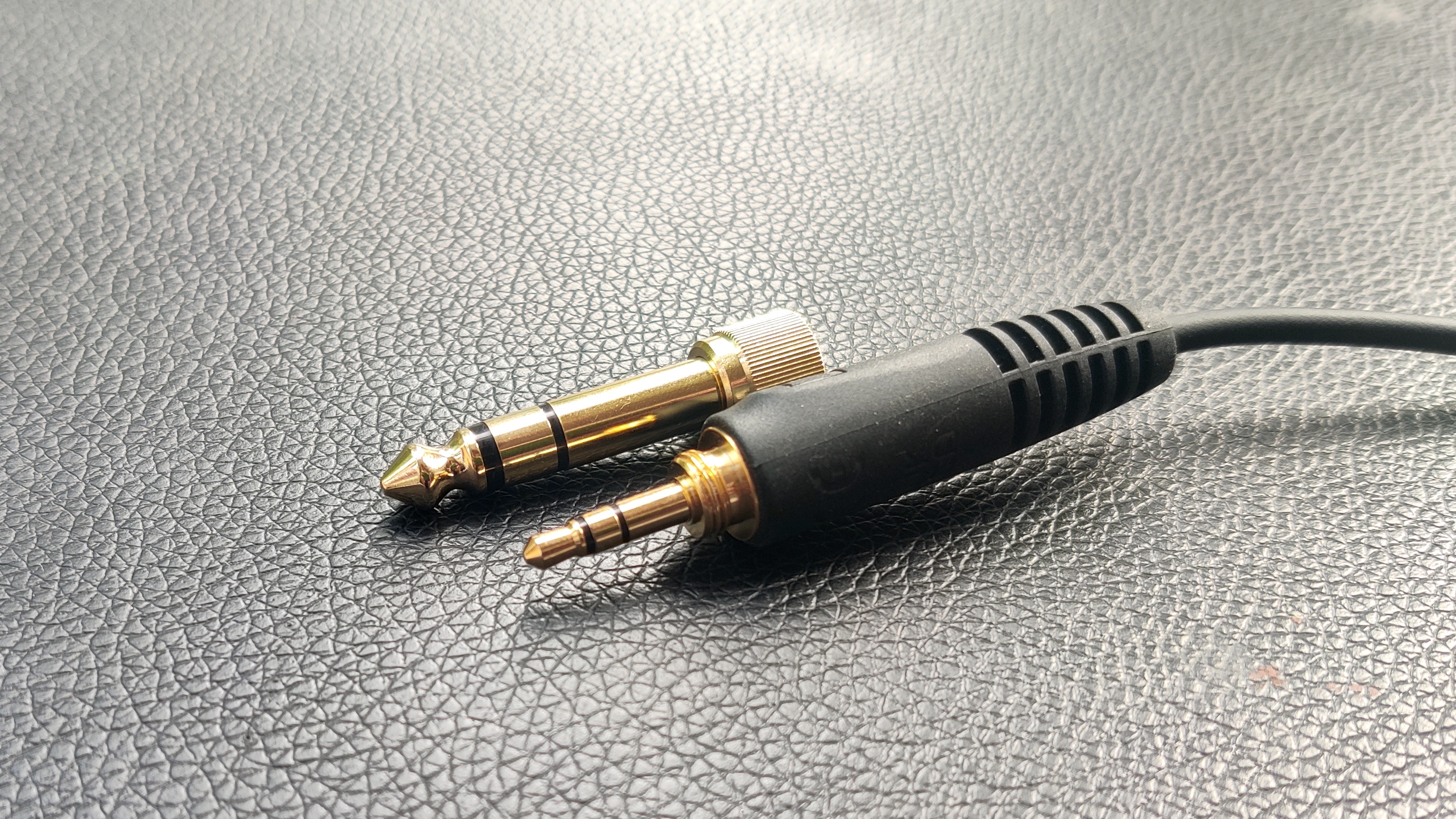
- Expansive soundstage with excellent separation
- Incredible detail scales with volume
- Padded earcups block out quiet noises
The Sennheiser HD 620S reference headphones are designed for high-fidelity sound reproduction, despite their closed-back limitations. And the HD 620S are very successful on that front, with incredible detail across pop, rock, and classical music.
It feels strongest with the last of the three, with an expansive soundstage that really allows instruments to swell in and out of hearing, and excellent separation between them even as an entire orchestra surges together. But modern pop also excels, with the space for vocals to expand in a controlled way – the multitude of vocals overlapping at the end of Billie Eilish’s Happier Than Ever build wonderfully without muddying the sound.
These are stereo headphones, mind, so there’s no formal support for spatial audio formats such as Dolby Atmos, but the size of the 42mm transducers, the roomy earcups themselves and the angled baffle (which Sennheiser says “recreates the triangular imaging of a great loudspeaker setup”) allow for a spatial quality for anything you listen to.
Watching 2022 film All Quiet on the Western Front, I was struck by the accumulation of clanking metal canteens, boots into muddy water and bullets flying at all angles, as soldiers marched across churned-up land. Even plugging the HD 620S into my Nintendo Switch was a thrilling experience, with a clear separation between vivid, thumping soundtracks and in-game effects in the foreground.
Compared with muddier consumer headphones – often focused more on a punchy bass response or soft, low-fatigue listening – the HD 620S manage to make every note pull its weight. The audio detail scales incredibly with the volume, too, gradually drawing out more of the track as you ramp up the output. Sennheiser cites the “speedy transients” (the initial impact of a new sound) made possible by its 150 Ohm aluminum voice coil, and it’s thrilling to hear the full oscillation of a note as it swings into the audible range. (There’s a notable step up in impact from the still-quite-good $230 Sennheiser Accentum Plus, for example.)
The bass can feel a little restrained, especially at lower volumes, though it rises in a controlled fashion as the sound gets louder and eventually packs a good punch. Sennheiser’s own measurements show a more prominent low frequency response than the older, open-back HD600, too.
These headphones lack full-on ANC, meaning you’re reliant on the passive sound isolation of these padded earcups, which is enough to block out quiet sounds and muffle conversation, but still allows a shout to come through quite clearly. That’s very convenient for a certain kind of listener, one who wants to remove low-level distractions but is happy for louder sounds to cut through, who wants ‘open’ audio but is happy to fence in the soundstage a little to hear more clearly.
Sound quality score: 5 / 5
Sennheiser HD 620S review: Value
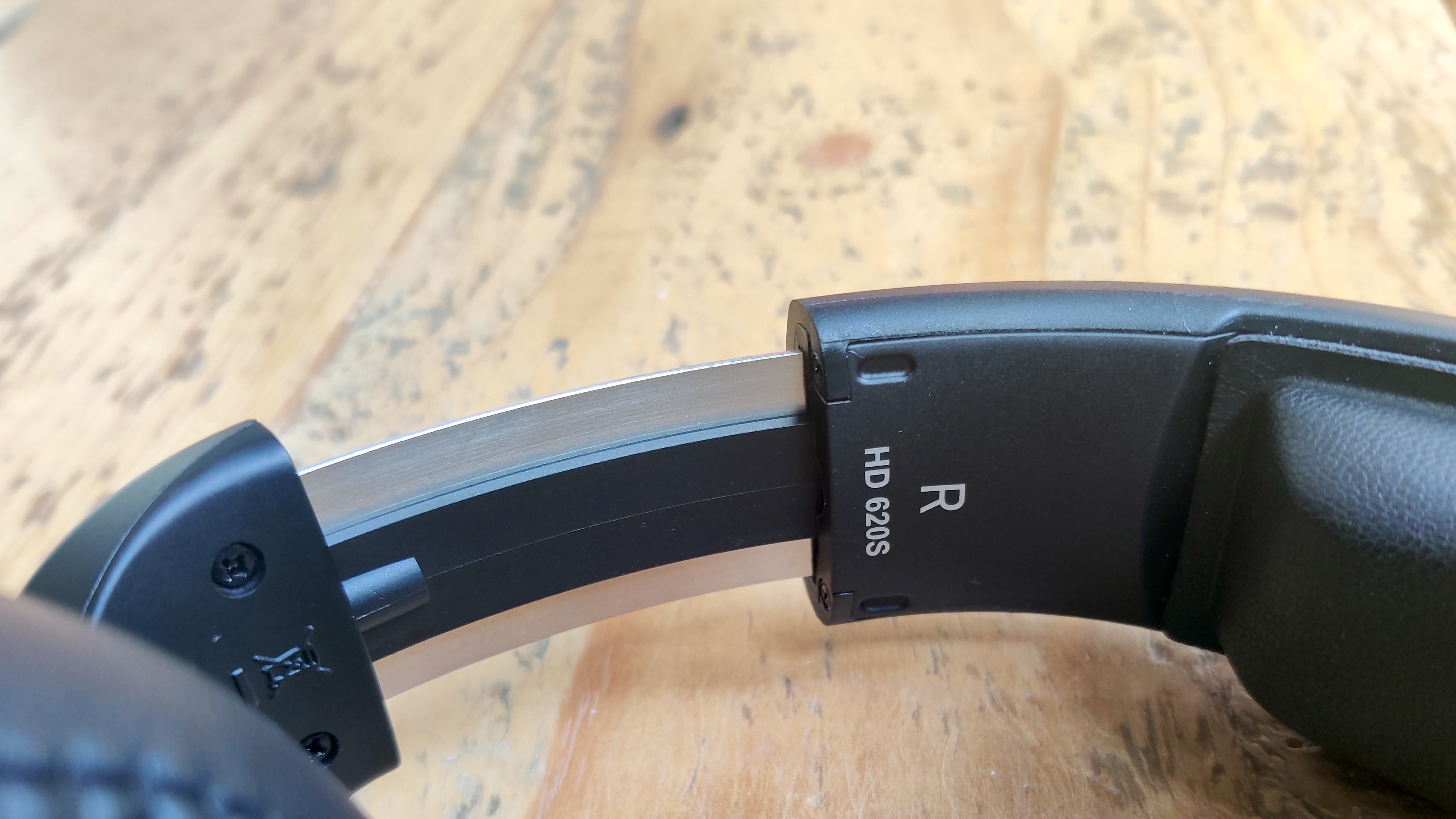
- Reasonable price point
- Lack of features reflected in price
- Suited to home use
The Sennheiser HD 620S come in at an interesting price point. They’re not high-end audiophile headphones, but are still billed as ‘reference’ headphones with a driver design that apes open-back relatives such as the HD 660S2.
As entry-level reference headphones, their $349.95 / £299.99 / AU$599.00 price tag seems eminently reasonable. You are trading the smart features, touch controls and ANC of similarly priced headphones (Sony WH-100MX5, etc) for an audio experience more suited to hi-fi sessions at home, but $350 feels right for what you get.
Value score: 5 / 5
Should I buy the Sennheiser HD 620S?
Buy them if…
Don’t buy them if…
Sennheiser HD 620S review: Also consider
How I tested Sennheiser HD 620S
- Tested for two weeks
- Listened in home office and in public workspaces
- Listened to Spotify on MacBook Air
The Sennheiser HD 620S headphones were bound to my desk for a good couple of weeks during on-and-off testing, accompanying me for work, study and listening sessions in my home office. The backdrop was the everyday environmental noise of an open-plan home – can you cook a little quieter, please, Dave? – and occasional building work on the street outside.
I also tested the headphones in public cafes and workspaces, against the din of dogs, families, chattering friends and passersby.
To check the audio quality across different frequencies, I listened to a mix of musical styles, from modern pop to classical music, alongside a selection of podcasts and video games, testing on both my MacBook Air and Nintendo Switch.
I’ve been testing audio products for six years, and was previously the Home Cinema Editor for TechRadar, where I reported on TV/AV hardware around the world.
- First reviewed in June 2024
0 comments:
Post a Comment